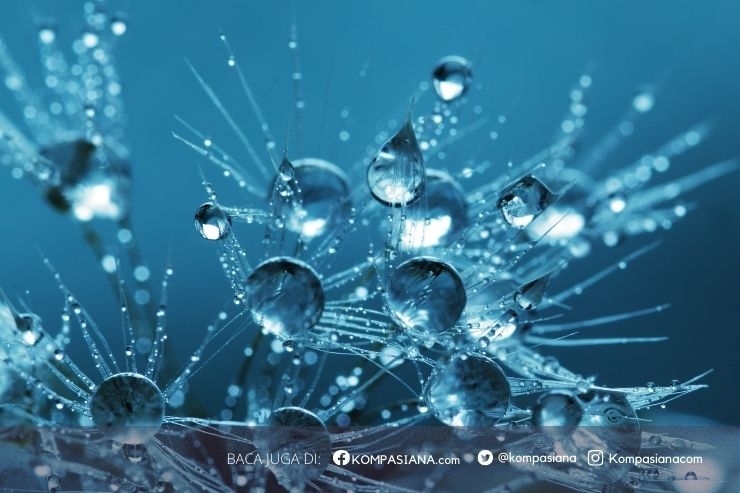How does photosynthesis provide energy for life on Earth?
Introduction:
Photosynthesis is a key biological process that sustains life on Earth. It is the primary mechanism by which green plants, algae, and some bacteria convert light energy into chemical energy, providing an energy base for ecosystems worldwide. This explanatory text aims to delve into the intricate details of photosynthesis, explain its key components, and highlight its critical role in sustaining life as we know it.
Process of photosynthesis:
Photosynthesis can be divided into two distinct stages.
Light-dependent and light-independent reactions (also known as the Calvin cycle). Let's examine each of these stages in detail.
1.1 Light-dependent reactions:
The first step in photosynthesis, the light-dependent reaction, occurs in the thylakoid membrane of the chloroplast. Here's the breakdown of the process:
1.1.1 Absorption of light energy:
Chlorophyll, the pigment contained in chloroplasts, captures the light energy of the sun. This energy is absorbed by special molecules called antenna complexes in the photosystem of the thylakoid membrane.
1.1.2 Electron transport chain:
The absorbed light energy is transferred to the reaction center of the optical system, where it excites electrons. These high-energy electrons pass through the electron transport chain, a series of proteins embedded in the thylakoid membrane. As electrons move through this chain, energy is released and used to generate ATP (adenosine triphosphate) and NADPH (nicotinamide adenine dinucleotide phosphate).
1.1.3 Water decomposition:
During the electron transport chain, water molecules are broken down through a process called photolysis. This releases oxygen, essential for life on Earth, as a by-product and replenishes the photochemical system with electrons.
1.2 Light-Independent Reactions (Calvin Cycle):
Light-independent reactions occur in the stroma, the fluid-filled region of the chloroplast. This cycle uses ATP and NADPH produced during light-dependent reactions to produce glucose, the main energy source for plants and other organisms. Here's an overview of the Calvin cycle:
1.2.1 Carbon dioxide fixation:
In a series of enzyme-catalyzed reactions, atmospheric carbon dioxide (CO2) combines with a five-carbon molecule called ribulose diphosphate (RuBP). This process is called carbon dioxide fixation and is facilitated by the enzyme Rubisco.
1.2.2 Glucose production:
The 6-carbon molecule formed after carbon dioxide fixation quickly decomposes into two 3-carbon compounds called phosphoglycerates (PGA). Through a series of enzymatic conversions, PGA is finally converted to glucose.
1.2.3 Playing RuBP:
To maintain the Calvin cycle, some of the molecules produced must be used to regenerate the original five-carbon molecule, RuBP. This ensures continuous fixation of carbon dioxide and continuous production of glucose.
The Importance of Photosynthesis:
Photosynthesis plays an important role in maintaining the delicate balance of life on Earth. Its meaning can be summarized as follows.
2.1 Oxygen production:
Through photosynthesis, plants release oxygen into the atmosphere as a byproduct of the decomposition of water. This oxygen is essential for the survival of organisms that rely on aerobic respiration, including humans.
2.2 Energy conversion:
Photosynthesis converts the light energy of the sun into chemical energy stored in glucose. This high-energy molecule serves as the main fuel source for plants and forms the basis of the food chain that provides food for herbivores, carnivores, and omnivores.
2.3 Reduction of carbon dioxide:
photograph
Follow Instagram @kompasianacom juga Tiktok @kompasiana biar nggak ketinggalan event seru komunitas dan tips dapat cuan dari Kompasiana. Baca juga cerita inspiratif langsung dari smartphone kamu dengan bergabung di WhatsApp Channel Kompasiana di SINI







